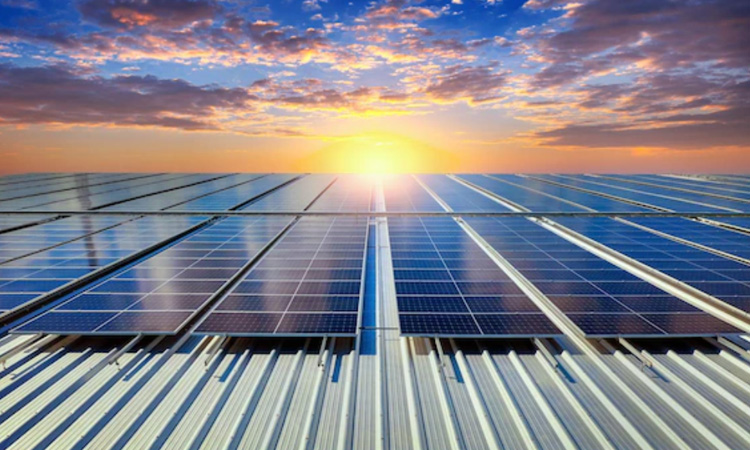Solar energy, often referred to as “sun power,” is a renewable and eco-friendly source of electricity that uses sunlight to generate electricity. It’s a technology that has been around for a while but is gaining popularity as we seek cleaner and more sustainable ways to power our homes and businesses.
The Solar Panels
At the heart of solar energy systems are solar panels, also known as photovoltaic (PV) panels. These panels are made up of many small units called solar cells, which are typically made from silicon. Here’s how they work:
- Capturing Sunlight: When sunlight hits a solar panel, it’s made up of tiny particles called photons. Solar cells are designed to absorb these photons.
- Creating Electron Movement: Once the photons are absorbed, they give energy to the electrons in the silicon atoms. This extra energy makes the electrons move, creating an electric current.
- Direct Current (DC): The electric current generated by solar cells is in the form of direct current (DC), similar to the type of electricity a battery produces.
Inverter
Since most of our electrical appliances and devices use alternating current (AC) instead of DC, an inverter is used to convert the DC electricity from the solar panels into the AC electricity that we can use at home.
Electricity for Your Home
Now that we have AC electricity, it can be used to power your home just like electricity from the grid. Here’s how the process continues:
- Your home’s electrical panel: The AC electricity flows from the inverter to your home’s electrical panel, which distributes the power to all your outlets and appliances.
- Using solar power: When your solar panels are producing more electricity than your home needs, the excess electricity can be fed back into the grid, earning you credits or reducing your electricity bill. This process is called “net metering.”
- No sun, no problem: Solar panels can still generate some electricity on cloudy days or in less sunny regions, although they’re most effective when there’s direct sunlight.
Energy Storage (Optional)
If you want to use solar energy even when the sun isn’t shining, you can add energy storage to your system. This is done using batteries. Here’s how it works:
- Excess energy storage: When your solar panels produce more electricity than you need during the day, the excess energy can be stored in batteries for use at night or during cloudy periods.
- Continuous power: With energy storage, you can have a more consistent and reliable source of electricity from your solar panels, even when the sun isn’t out.
Benefits of Solar Energy
- Clean and renewable: Solar energy doesn’t produce harmful emissions, making it an environmentally friendly option.
- Cost savings: Over time, solar panels can save you money on your electricity bills and provide a return on your investment.
- Energy independence: By generating your own electricity, you reduce your reliance on traditional utility companies.
- Low maintenance: Solar panels require minimal maintenance and have a long lifespan.
In a nutshell, solar energy harnesses the power of the sun through solar panels to generate electricity for your home or business. It’s a clean, renewable, and cost-effective source of energy that’s becoming more accessible and popular. By capturing the sun’s energy, you can contribute to a more sustainable and eco-friendly future while enjoying the benefits of lower energy bills. So, consider the sun as your new energy source—it’s a bright idea!
Next On Your Reading List:


